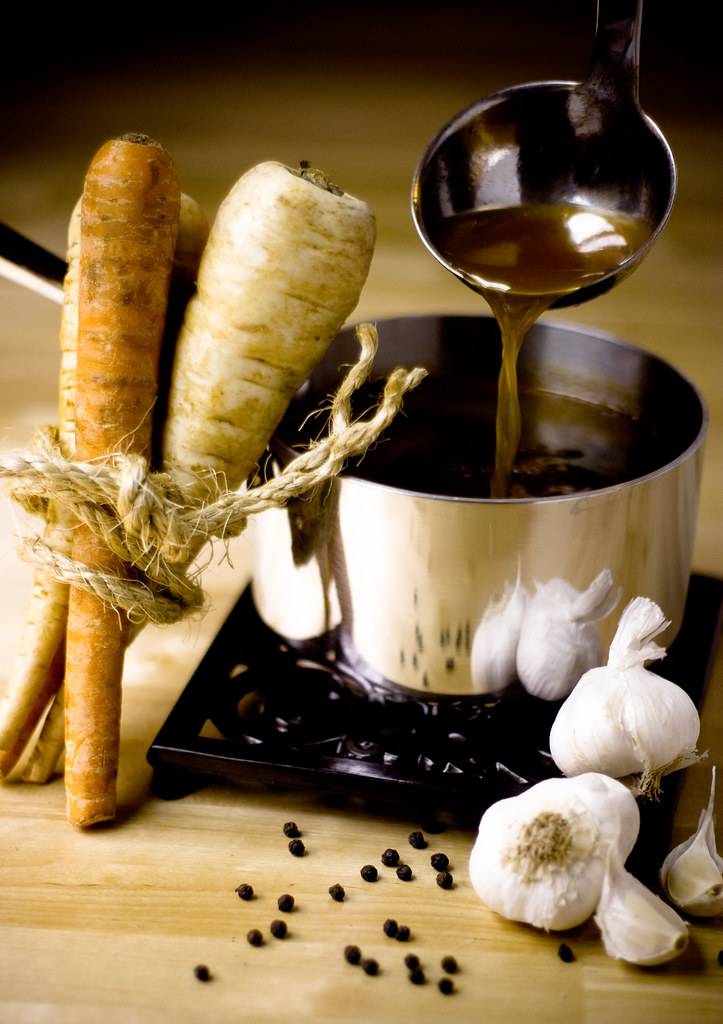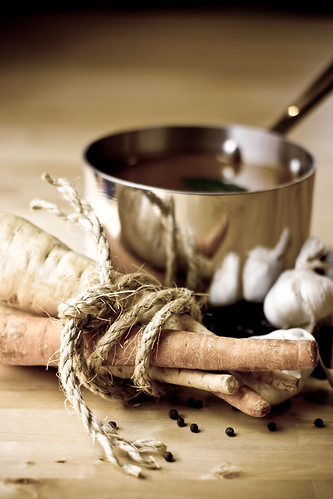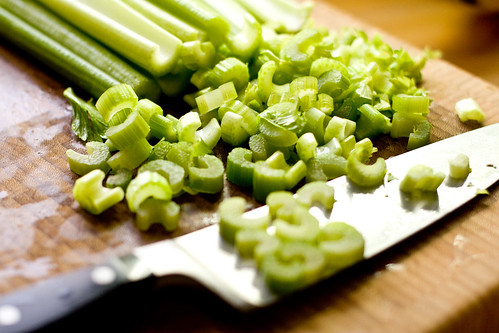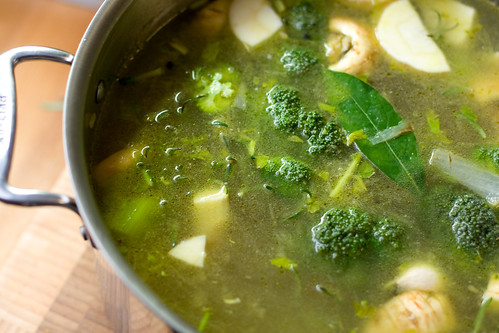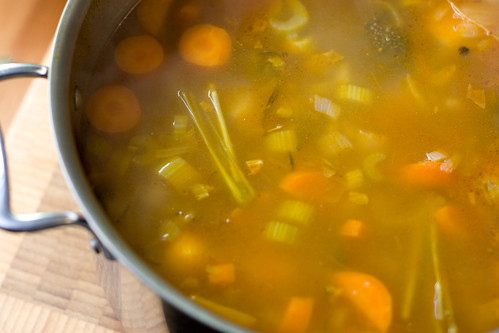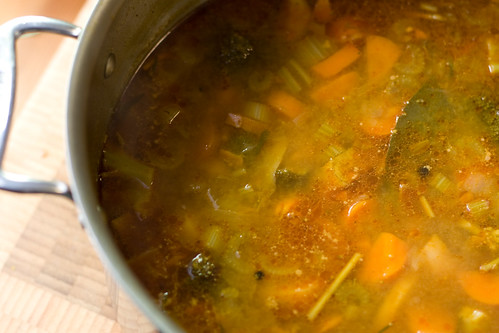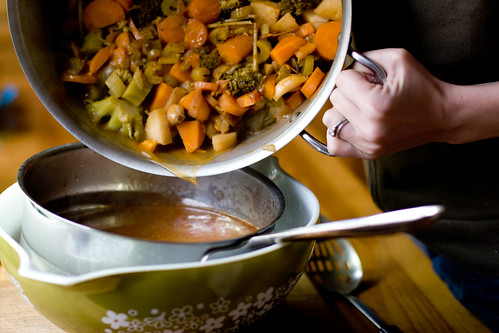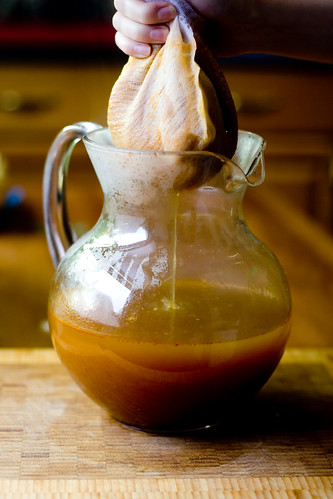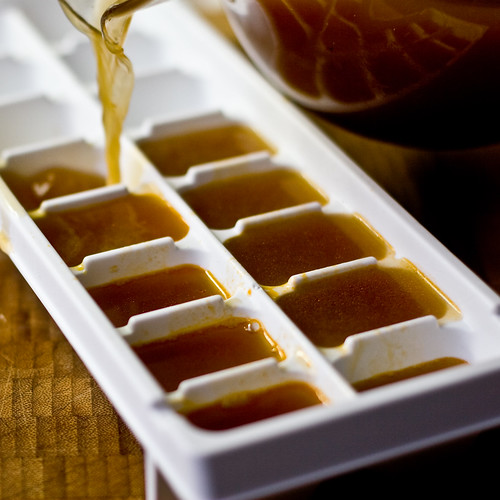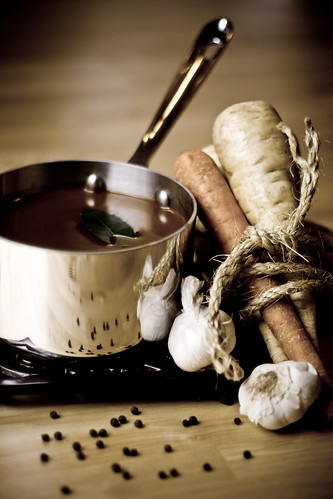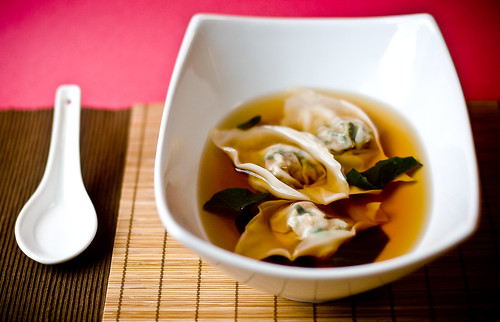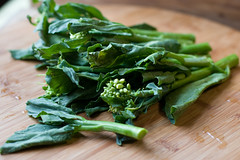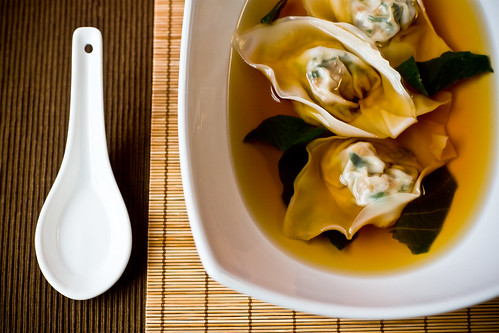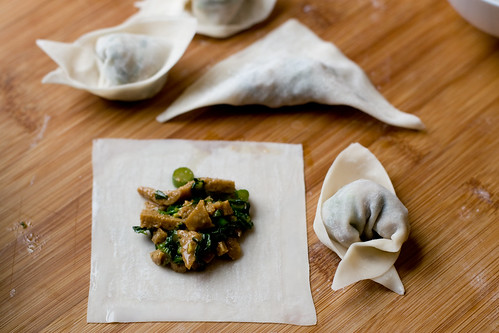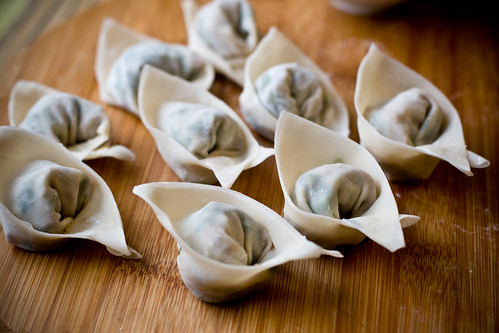Homemade Vegetable Broth
Making your own vegetable broth is wonderfully easy and blissfully imprecise.
There is only 20 minutes of active time, it doesn’t really require a recipe, it uses up those veggies in your fridge you’ve been meaning to eat, it tastes great, it stores easily, and is highly customizable.
Still haven’t convinced you?
Well let’s talk for a moment about broths you find in the store. Cook’s Illustrated did a taste test of 10 veggie broths for their May/June 2008 issue and I found the results surprising. Only one brand was remotely acceptable. Five of their broths were certified organic; not one of those was the winner. Here’s a quote that might get you thinking about making your own broth at home:
If the vegetables you start with are not top notch, or if you’re using scraps and peels*, extended cooking can enhance and concentrate any undesirable flavors in the vegetables…. Sure enough, our testers noticed sour, bitter, even “rotten” notes in each of our so-called stocks in our lineup.
And the organic broths?
…moderate sodium content and the lack of flavor-enhancing additives helped land nearly all of the organic brands at the bottom of the rankings. These broths shared lack-luster–even off-putting–flavors that tasters likened variously to “weak V8,” “musky socks,” and “brackish celery water.”
The winner of the taste test has the highest salt content, high fructose corn syrup, MSG, disodium inosinate, and other additives you probably don’t want in your broth. The lowest ranking broth, an organic brand, only has salt as a flavor enhancer, but was described as “terrible tasting,” “tastes like dirt,” “like musky socks in a patch of mushrooms,” and “rotten.”
How does making your own broth sound now? Pretty good, huh?
As I said earlier, making vegetable broth is blissfully imprecise. I’ll provide the recipe I made up, but please use it as just a guideline to get you started. If you’re part of a CSA and the fall harvest of veggies has you overwhelmed, simply put the veggies you can’t figure out how to eat in your broth. I would say there are only three required vegetables for your stock: onions, carrots, and celery.
 Onions, carrots, and celery are known collectively as mirepoix, a classic part of french cuisine. All of these vegetables are aromatics, and you’ll realize that as soon as you start cooking them together; suddenly your kitchen smells like thanksgiving.
Onions, carrots, and celery are known collectively as mirepoix, a classic part of french cuisine. All of these vegetables are aromatics, and you’ll realize that as soon as you start cooking them together; suddenly your kitchen smells like thanksgiving.
You can fancy it up a bit if you feel like it by using parsnips instead of carrots, leeks instead of onions, or celeriac instead of celery.
Mirepoix is a great culinary trick to keep up your sleeve; it’s a great starting point for many many recipes, especially soups and sauces. It’s not called the holy trinity of French cuisine for nothing.
*Scraps and peels are fine to use when they’re your own, fresh scraps and peels. I think the article is referring to leftover vegetable reject pieces from other food manufacturing processes that aren’t the best quality, or the freshest. I think it’s worthwhile to invest in fresh onions, carrots, and celery (none of which are all that expensive) for the broth, but other additions can be scraps from other meals you’ve prepared, or veggies that you don’t have any better plans for.
Vegetable Broth
Makes about 10 Cups of Broth
Minimalist Broth
2-3 Tbs Olive Oil
1-2 Large Onions, chopped
1 lb Celery, Chopped
1 lb Carrots, washed but unpeeled, chopped
3 Whole Cloves Garlic
1 Bay Leaf
10 Whole Black Peppercorns
2 tsp Salt
1/4 Cup Low Sodium Tamari
1 Gallon Water
I also added, because I could
2 Parsnips, chopped
2-3 Tbs Tomato Paste (or one or two tomatoes)
A few Sprigs Rosemary (parsley is more traditional, use a lot!)
1 Head Broccoli (a strange but decent choice)
1 Sweet Potato (another odd choice, whatever)
You might also have or want to use
Any fresh veggie scraps from other meals
Leeks
Mushrooms
Celery Root
Potatoes
Peppers
Turnips
Any Greens
Zucchini
Fennel
You see what I mean? If it’s clean and fits in the pot, it can go in. Minimal chopping, no peeling, just in the pot it goes!
Heat a large stock pot with some olive oil in the bottom. I chop my way through the vegetable list as I’m cooking–so once the onion is chopped, add it to the pot, then do the celery, the carrots, etc, adding each thing once it’s chopped up a bit. When you’re out of stuff to add, pour in the water, turn up the heat and cover. It should only take you about 20 minutes to chop everything and get it in the pot. From then on out it’s easy street.
Cook for 1 hour, turning the heat down a bit once the whole thing starts boiling. After an hour, it looks more like this:
I finish my broth by adding salt/tamari/soy sauce to taste and letting it simmer uncovered for another 20-30 minutes to concetrate the flavors. The final broth:
Strain the veggies out into a large pot:
I further strained it through cheesecloth into a pitcher:
The pitcher makes it easy to pour some of the broth into ice cube trays for easy storage. Ice cubed size chunks of broth make for easy defrosting and easy recipe additions:
The broth will keep about a week in your refrigerator, and two good months in your freezer. If you cook for the holidays, it’s a good time to make some veggie stock and put it up now to use for all your upcoming holiday meals. You’ll thank yourself for being prepared, and your food will be that much more delectable!
